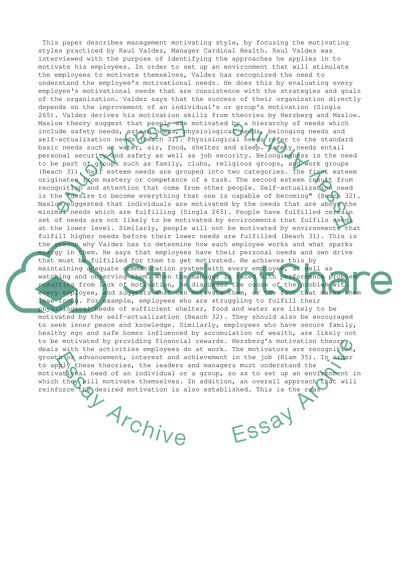Cite this document
(“Managment Motivating Style Essay Example | Topics and Well Written Essays - 1000 words”, n.d.)
Managment Motivating Style Essay Example | Topics and Well Written Essays - 1000 words. Retrieved from https://studentshare.org/management/1435332-managment-motivating-style
Managment Motivating Style Essay Example | Topics and Well Written Essays - 1000 words. Retrieved from https://studentshare.org/management/1435332-managment-motivating-style
(Managment Motivating Style Essay Example | Topics and Well Written Essays - 1000 Words)
Managment Motivating Style Essay Example | Topics and Well Written Essays - 1000 Words. https://studentshare.org/management/1435332-managment-motivating-style.
Managment Motivating Style Essay Example | Topics and Well Written Essays - 1000 Words. https://studentshare.org/management/1435332-managment-motivating-style.
“Managment Motivating Style Essay Example | Topics and Well Written Essays - 1000 Words”, n.d. https://studentshare.org/management/1435332-managment-motivating-style.


